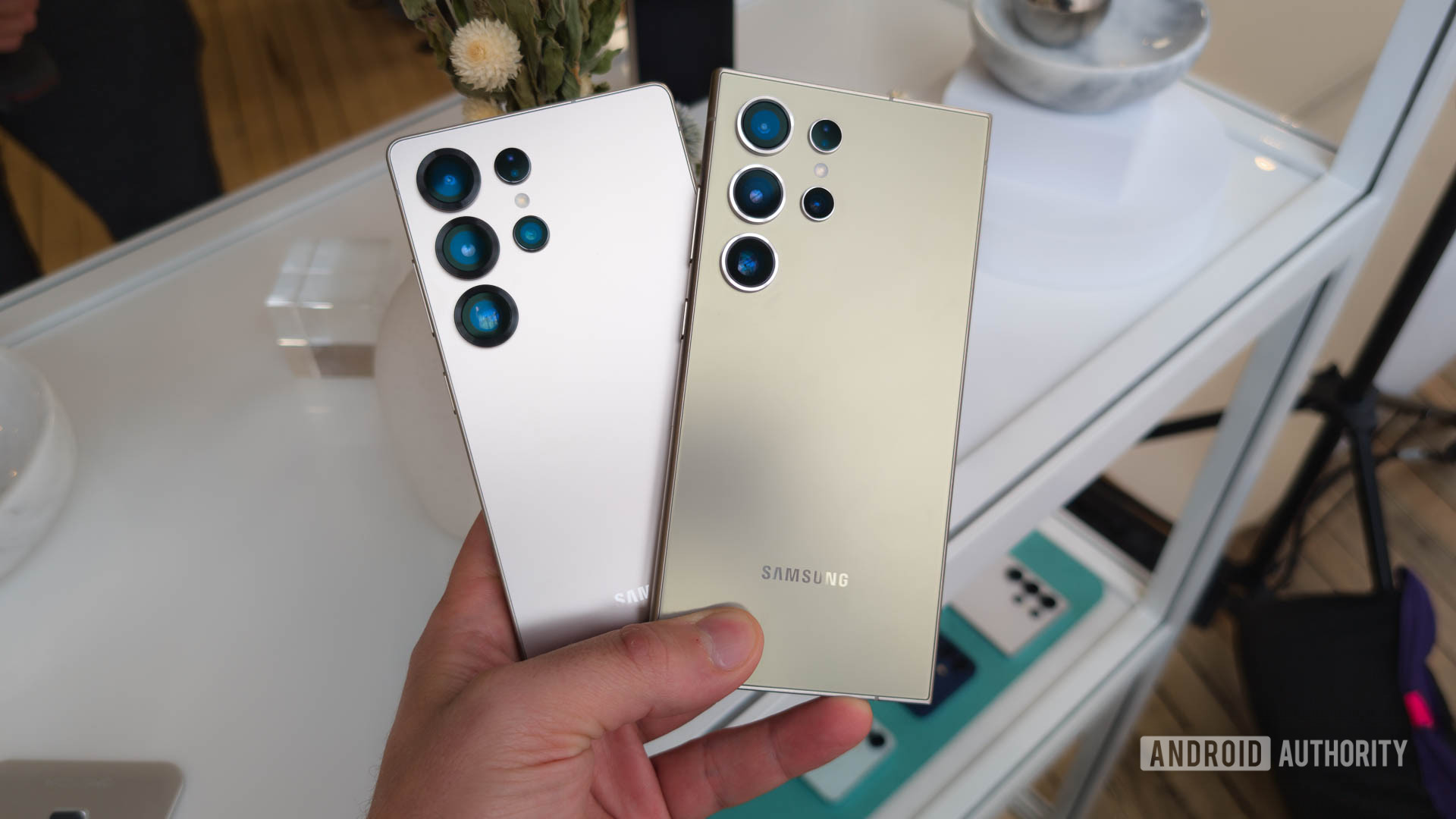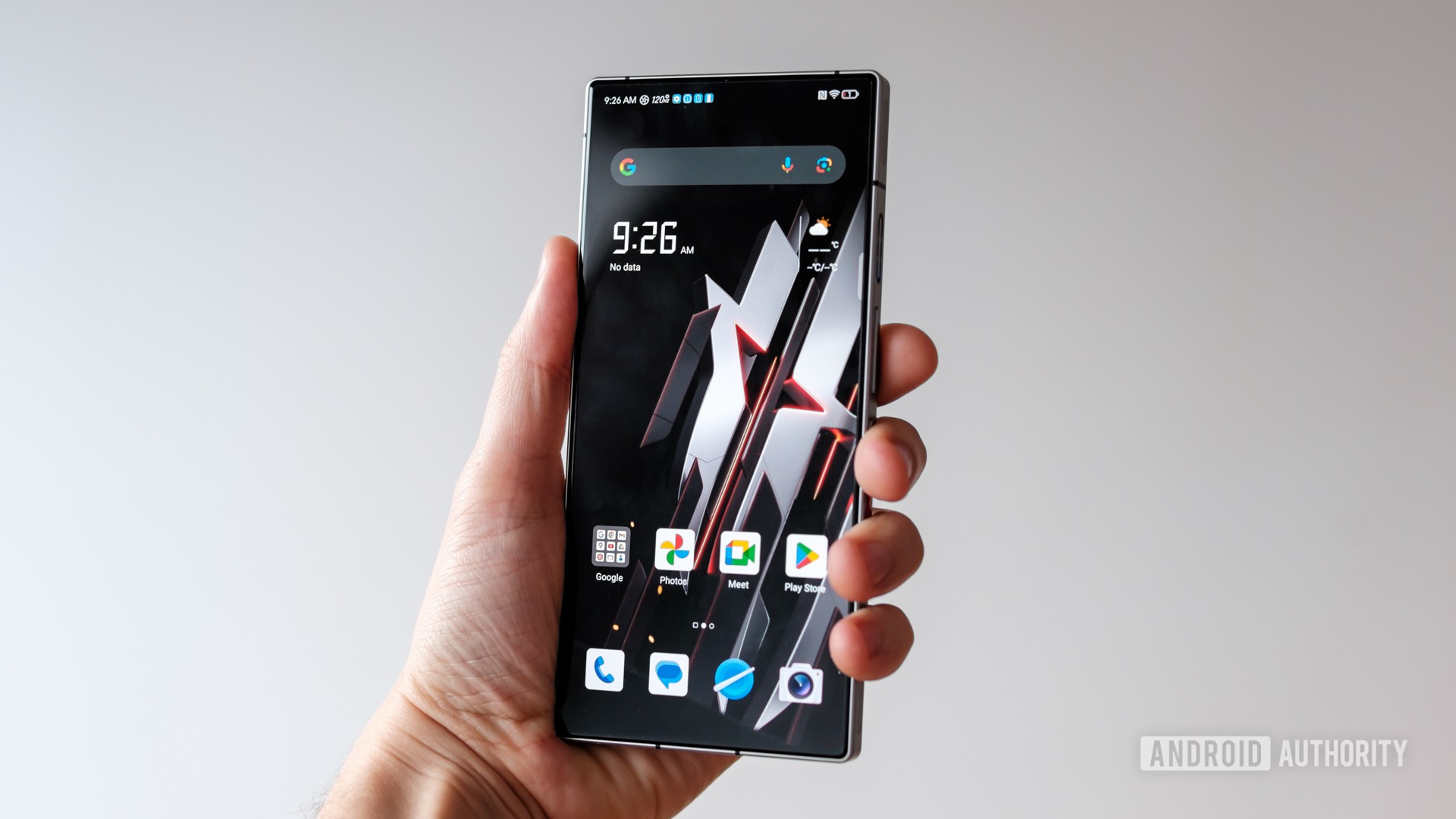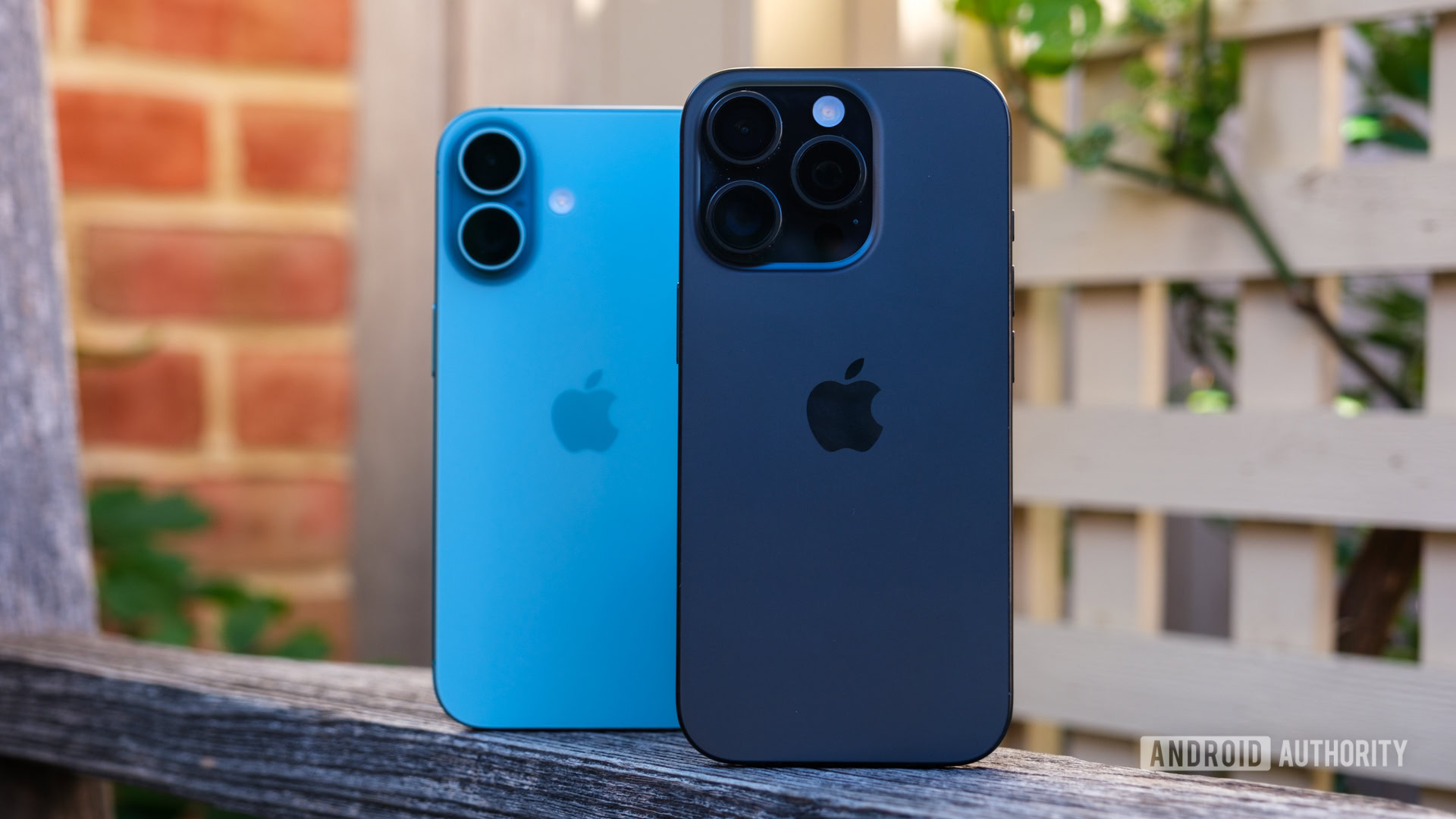Ryan Haines / Android Authority
When Google launched the latest Pixel series last year, there was a murmur of excitement around the smartphones’ names. Google had revived the XL moniker for the Pixel 9 Pro XL, a suffix not seen since the Pixel 4 lineup. The fact this caused even a minor stir tells you a lot about the state of the iOS and Android phone industry.
Phone naming conventions in recent years are tedious, and it bothers me. Max, Plus, Pro, and Ultra have been so overused that they’re all but meaningless — if they ever offered much meaning in the first place.
There’s little point in complaining. Big brands know as well as I do how dull and repetitive the names are, but you can be sure that market research is behind the continuity in device names. People know the score if the upcoming smartphone has the same series of names as the last one. They already know what the next Samsung or Apple phones will be called, and they’re safe in that knowledge — well, aside from that Galaxy S25 Edge curveball. The manufacturers are welcome to take advantage of this and perhaps maximize revenue, but I’ll still see them as boring and uninspired.
Do you like modern smartphone names?
117 votes
Yes, I think they sound good.
15%
They’re a bit boring, but using the same names every year keeps things simple.
43%
I don’t care what the name is as long as the phone is fine.
33%
No, I’d like to see more interesting names.
9%
It’s not just the smartphone names that are boring

C. Scott Brown / Android Authority
Smartphone names might seem like a small thing to get irked about, but they bother me because they optimize the industry overall. The refusal to take a risk with more interesting names reflects a lack of imagination or a fear of being bold in the market, and you can see it in almost every aspect of modern flagships.
This won’t have escaped your notice. With the exception of foldables, the design of most flagship smartphones is depressingly similar. It might be optimal for use, but I can’t help but think that selling the next-gen smartphone to fans could be easier if it doesn’t look identical to its predecessor.
Design, features, colors — everything about phones is tediously similar now. So why not names too?
The same goes for features. Where are the IR blasters, modular accessories, or pop-up cameras? What about new and innovative features? We know where all these things are; they’re on the design room floor, having been rejected in favor of making the next handset half a millimeter thinner, just like its counterparts.
You’ll find the same nod to conformity in every element of flagship phones. The brands don’t even exhibit much more variation in the color department — The Samsung Galaxy S25 colors are tediously similar — but at least the names of the colors are relatively interesting sometimes. Colors like Sage, Onyx, and Sapphire would make better names for the actual devices than the same old labels.
Not every brand plays it safe

Robert Triggs / Android Authority
While humdrum naming conventions seem to be on the rise, there is some resistance to the trend. Some phones still have marginally more interesting monikers, especially when you look past Samsung, Apple, and Google. The OnePlus Nord breaks the mold slightly, and Motorola has more variety, if not imagination, with the G Play, G Power, G Stylus, and so on. Some of the Chinese brands are also a bit more ambitious, with names like the realme GT Neo and the Nubia REDMAGIC.
Even the biggest players have dabbled with naming excitement in the past. Samsung has had the Galaxy Beam, Galaxy Alpha, and the Samsung Omnia. Google took a risk with the Nexus. Apple hasn’t even strayed that far from convention, but at least the iPhone 17 Air will be a little different if it appears later this year.
Phone makers should take note from Garmin. ‘Fenix’ and ‘Instinct’ are great names, for example.
We also know that humdrum and repetitive names aren’t necessary for success in the tech world. For instance, Garmin is one of the biggest players in the smartwatch industry. Its wearable names include Quantix, Fenix, Forerunner, and Instinct. Phone makers should take note.
Forget Max and Ultra — these are names worth using
For any multi-national smartphone manufacturers still reading, I’m more than happy to offer my own name suggestions for your next generation of handsets. And I’m doing it free of charge — no marketing budget needed, just pick one from the list.
I want names that sound cool and evoke feelings of speed or power. It’s also useful if a series of names hints at which phones have higher or lower specs, too, as being able to identify this may be part of the reason Apple goes with Pro Max and Samsung goes with Ultra each year. We’ll also want to avoid certain words — a Google Pixel Earthquake or OnePlus Tornado could be problematic if a natural disaster occurs.
iPhone 17 Helios, Apollo, Zeus

Ryan Haines / Android Authority
In Greek mythology, Helios was the titan of the sun, riding his blazing chariot across the sky each day. He’s a natural starting point for an entry-level device — powerful but not quite a god. Apollo takes things further, embodying light, knowledge, and artistry. But at the peak stands Zeus, the undisputed ruler of Olympus, commanding thunder and dominion over gods and mortals alike. All of these would be great for Apple’s pride and dreams of grandeur — and for its fans’ self-esteem.
OnePlus 14 Chimera, Griffin, Phoenix
Mythical beasts would be ideal phone names for OnePlus, implying a sense of power and cutting-edge tech. The Chimera was a wild fusion of creatures — a lion, a snake, and a goat — symbolizing unpredictability and raw potential. The Griffin, part lion and part eagle, was a noble guardian, combining strength and wisdom. The Phoenix is a legendary bird that bursts into flames only to be reborn and more powerful. LG even used this name for a phone range a few years ago.
Samsung Galaxy 26 Meteor, Comet, Supernova
Celestial forces make so much sense for Samsung’s Galaxy line. A Meteor is a swift and fleeting streak of fire across the sky. The Comet is more enduring, returning on predictable cycles (like a phone) and burning brighter with each pass. And then there’s the Supernova, a cosmic explosion of unimaginable power that leaves a lasting impact on the universe.
Google Pixel 10 Origin, Evolution, Apex — and yes, Vortex
Dhruv Bhutani / Android Authority
Looking at a phone’s development as a journey, it begins with an Origin base model from which everything grows. Evolution is the process of refining, strengthening, and adapting; then comes the Apex, which is the peak and the culmination of all progress. I like these names for the Pixel family, especially now that it’s reaching its 10-year anniversary.
And if the rumors are true and the entire Pixel family is switching to an in-house chip, then maybe Vortex is the right name, pointing to a powerful and transformative process in Google’s line-up.
Motorola Spark, Pulse, Surge (2025)
This would be a fairly naked attempt to project the flow of power, which sits well with Motorola’s motto. A spark is a flicker of energy and the first moment of ignition, which would make sense for an entry-level device. The Pulse follows, carrying that energy forward. Then comes the Surge of unstoppable power from the premium flagship.
Xiaomi Wink, Kiss, Joy
If that’s all a bit highbrow, Xiami could tap into popular culture with smartphone names derived from three of the most common emojis. The entry-level wink teases the potential of the lineup, and the Kiss is something everyone likes to receive. The Joy — derived from the face with tears of joy emoji — reflects maximum happiness for the top-tier device.
If you have any unique phone naming suggestions of your own, no matter how whacky, feel free to leave them in the comments below.





















